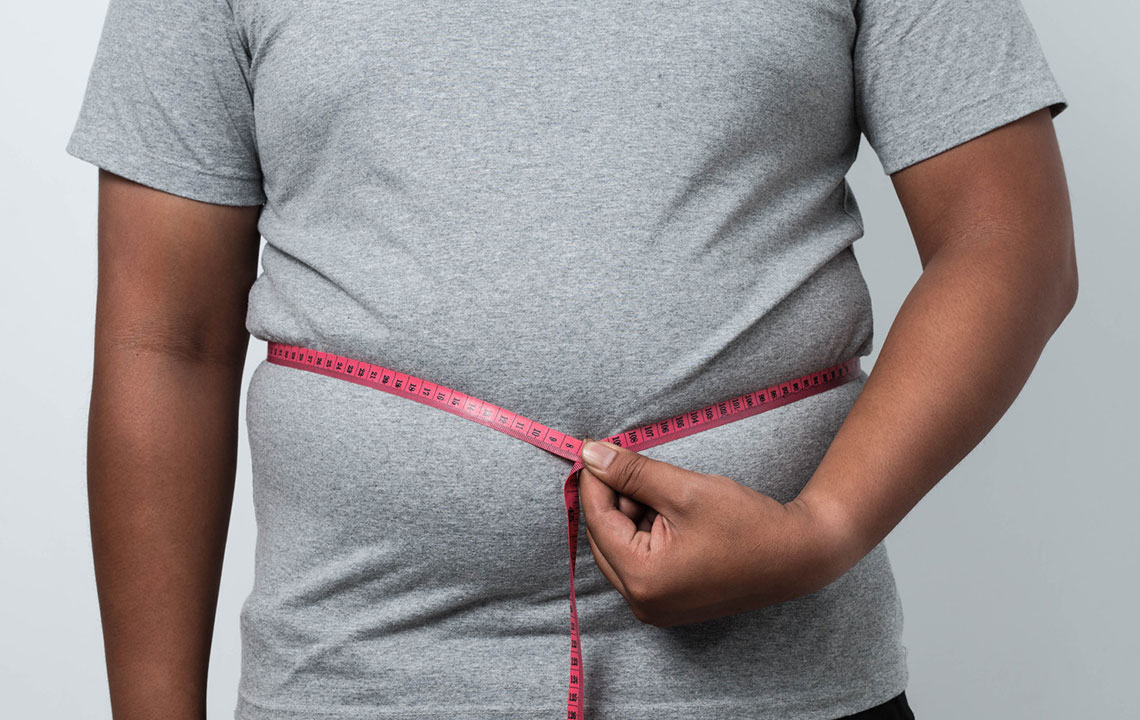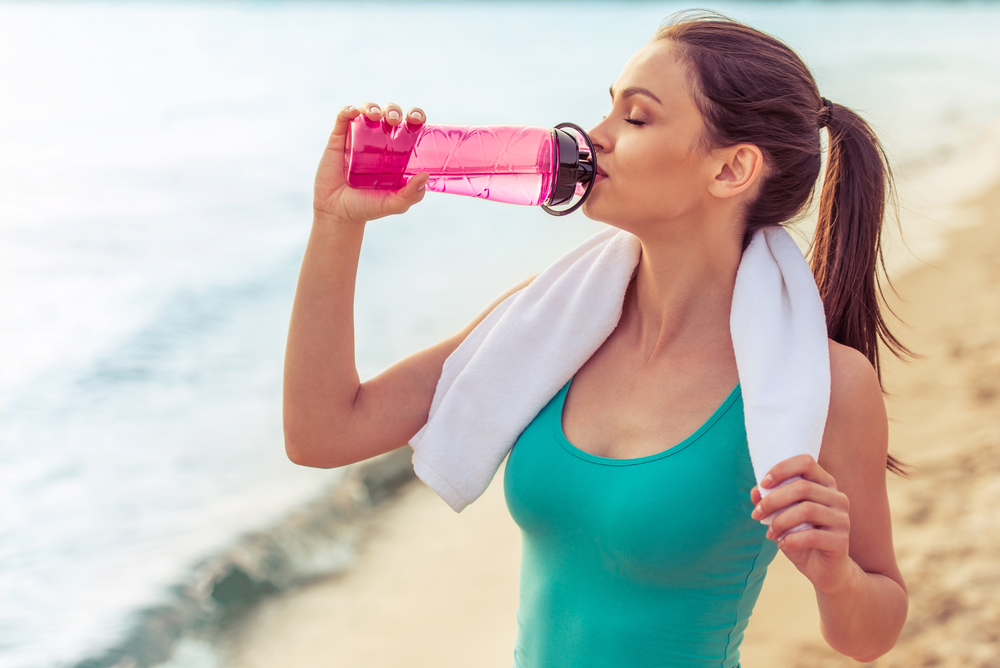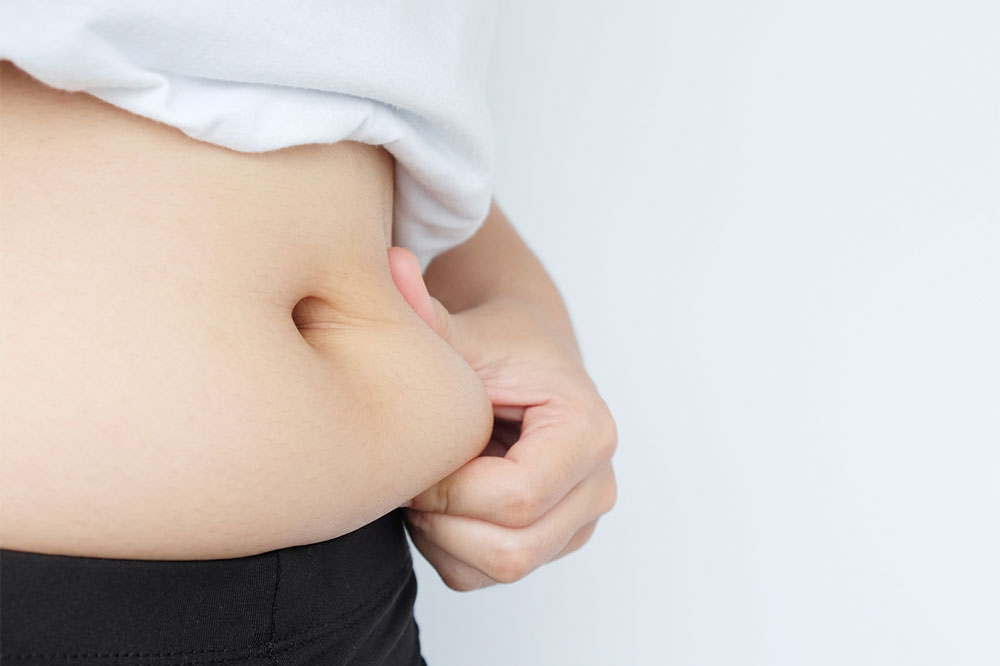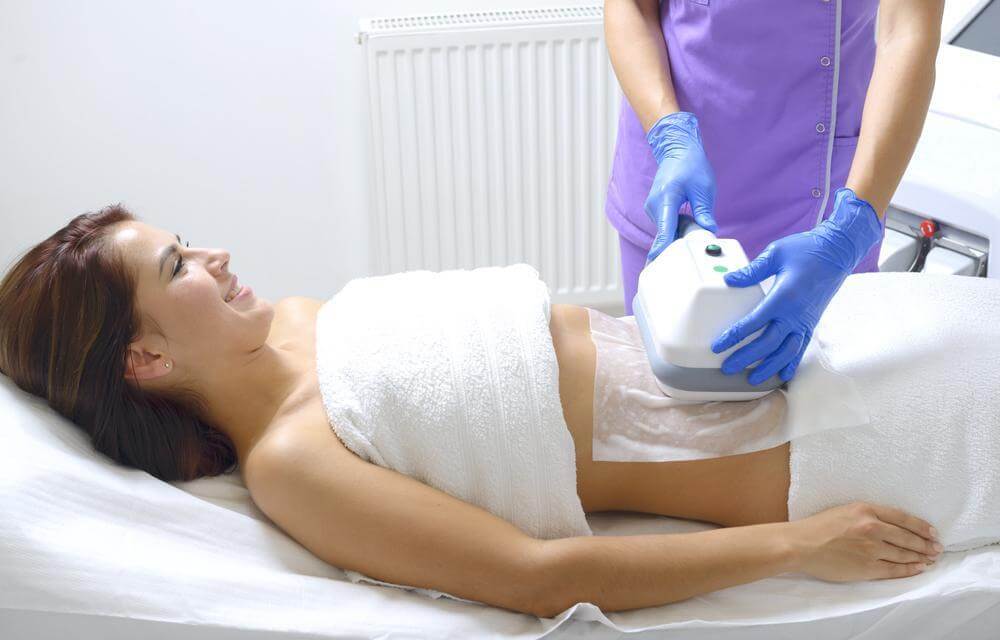Advantages and Disadvantages of CoolSculpting for Body Contouring
CoolSculpting is a non-invasive body contouring procedure that freezes and reduces fat cells. Approved by the FDA in 2012, it offers a safe alternative to surgical fat removal, with minimal side effects like numbness and swelling. The results, visible within months, provide a permanent fat reduction. While generally safe, it’s essential to consult healthcare professionals before undergoing the treatment to ensure suitability. This innovative method appeals to those seeking an effective, low-risk way to improve body shape without surgery.
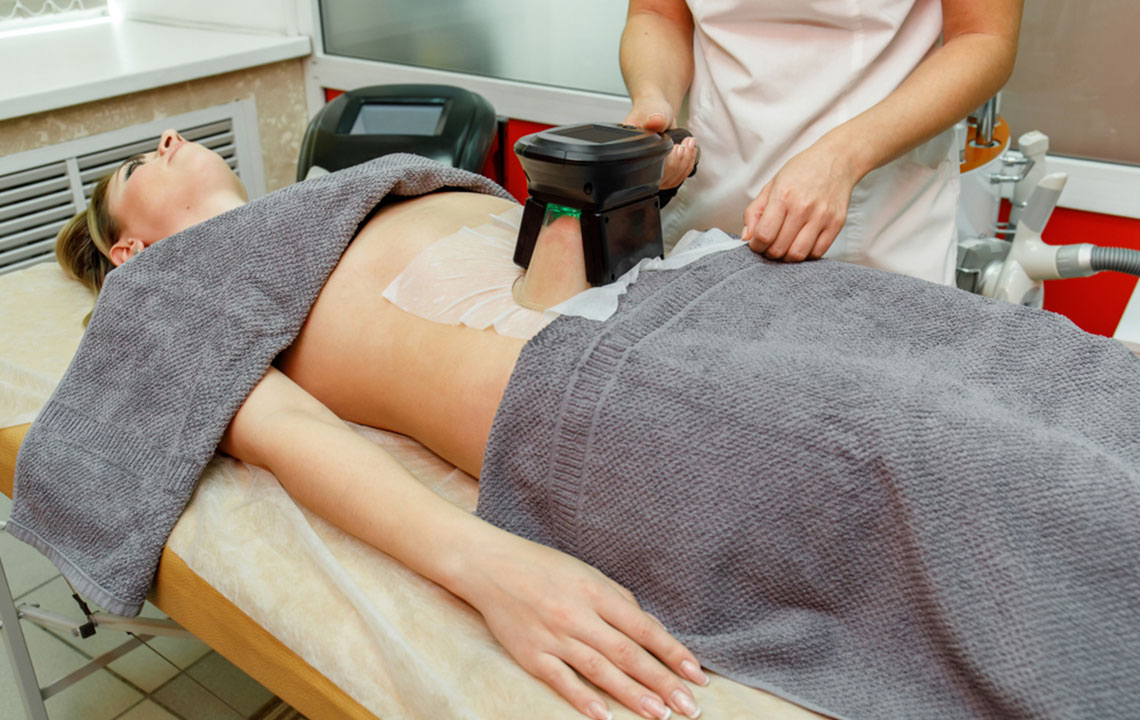
Advantages and Disadvantages of CoolSculpting for Body Contouring
CoolSculpting®, also known as cryolipolysis, is a non-invasive technique for body shaping that freezes and destroys stubborn fat cells beneath the skin. The body naturally eliminates these dead cells over time through the liver. Each treatment session lasts about an hour and typically costs around $1,000 per area.
Overview
Developed by ZELTIQ® Aesthetics, CoolSculpting® received FDA approval in 2012. While scientific research on its effectiveness is limited, the manufacturer claims it reduces fat cell count by around 20-25% within targeted zones.
Most patients see some improvements within a few days, but the full results become visible between one to four months after treatment.
Possible Risks
Being a non-surgical procedure, CoolSculpting® is generally safer than traditional methods like liposuction. Nevertheless, minor side effects can occur, primarily in the treated area, and usually resolve within days or weeks. Numbness in the area for up to a month is normal.
Common side effects include:
Firmness
Redness
Swelling
Stinging
Tenderness
Sensitivity
Bruising
Muscle cramps
Mild discomfort
Benefits of CoolSculpting
The main advantage is the complete destruction and removal of fat cells from the body. Unlike diet and exercise, which can lead to fat regrowth, CoolSculpting® offers a permanent reduction in targeted fat areas.
Additional benefits include:
Minimal risks involved
Low chance of scarring or infection
No need for hospitalization or lengthy recovery
Note:
The health information provided herein is for educational purposes only. It should not replace professional medical advice. Always consult qualified healthcare providers for diagnosis and treatment options. Use the information responsibly and seek expert guidance when necessary.


